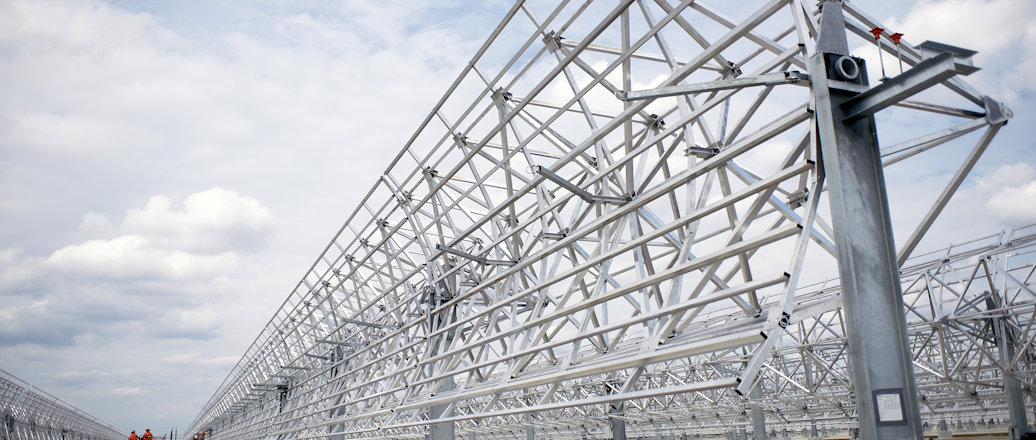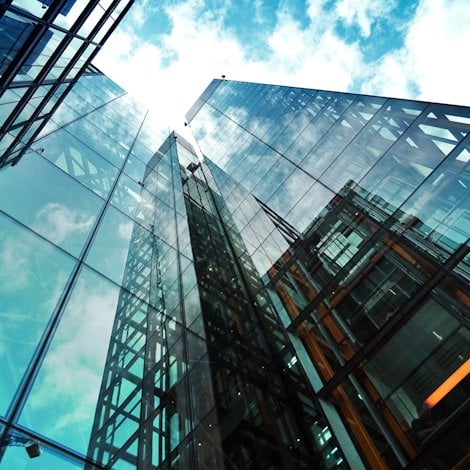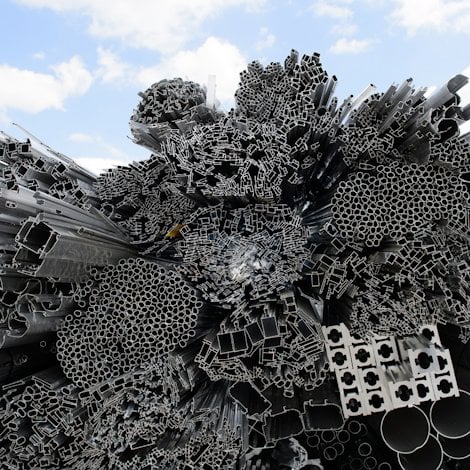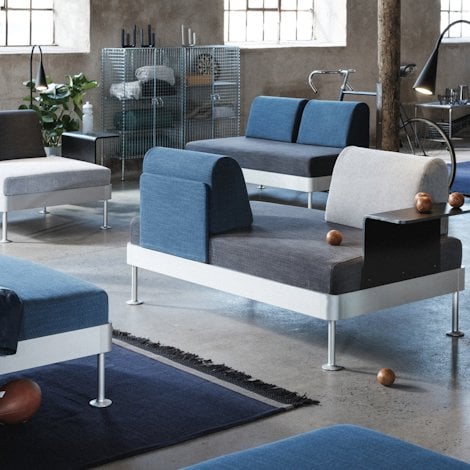How aluminium producers can make PV systems even more effective
I think many people agree with me in saying that decisive action has to be taken to reduce global greenhouse gas emissions. In its broadest sense, the global share from buildings and construction accounts for 38% of total energy-related CO2 emissions. Hence, companies operating in this sector face the challenge of significantly reducing the carbon footprint of the energy sources they use.
In 2019, the European Union proposed the “Green Deal.” This project aims at making Europe the first climate-neutral continent, which is expected to happen in 2050. One of the steps toward this is a 55% reduction in greenhouse gas emissions no later than 2030, with the extensive use of renewable energy serving as a driver.
In fact, the EU Solar Energy Strategy is looking to double the amount of energy generated from photovoltaics by the end of 2025. Part of this will come from the mandatory installation of PV panels on the roofs of new public and commercial buildings.
Sustainable development initiatives for the photovoltaic industry
The photovoltaic sector is growing at a dynamic rate and thus represents a key aspect of the energy transition. In Europe, the Solar Stewardship Initiative (SSI) – established by SolarPower Europe and Solar Energy UK – is working to promote and build confidence in companies involved in the production of photovoltaic solutions.
In addition, SSI has been designed to increase transparency in the supply chain and reassure customers that their PV products comply with international environmental standards.
The standards also address issues related to the sustainable production of aluminium, from the mining of bauxite to the production of semi-finished products, recycling included.
This is great, especially if aluminium can lower the footprint of the actual PV installations.
Photovoltaics and aluminium are an ecological match
Using a photovoltaic installation is a start, but it may not be enough, because its carbon footprint can also be reduced. Yes, these installations, which support decentralized renewable power generation, can be even more impactful if the right material is used in their manufacturing process.
My advice: Use modules manufactured with low-carbon or recycled aluminium.
Low-carbon aluminium produced with renewable energy sources and efficient technology has a carbon footprint that is four times lower than the global average carbon footprint of primary aluminium. When using recycled aluminium from pre-consumer and post-consumer scrap sources, only 5% of the original energy is needed for the production. On top of that, aluminium has further benefits that support the solar application.
For example, it is light. This helps with transportation. With the extrusion process, you can create built-in profile systems that facilitate assembly and eliminate the need for welding. Building-integrated PV systems represent another option that extruded aluminium offers.
Thanks above all to its virtually infinite recyclability with no loss of quality, aluminium is one of the most environmentally friendly raw materials known to mankind.
Product ecology begins in your own backyard
Still, more can be done. Aluminium extruders can and should achieve greenhouse gas reductions by improving their own production processes. As an illustration, one of our extrusion plants in Poland is investing in a PV system that is expected to generate 7.5 GWh of electricity annually. This is going to be used to power a new extrusion press.
This eco-friendly approach to production means that clean, renewable energy will power the plant. Indeed, the carbon footprint at the Polish site will be significantly lower than the European average carbon footprint for the extrusion process. Instead of 0.68 kg CO2/kg, which is the European average, the Polish press will have an impact of 0.14 kg CO2/kg.
The bottom line is that customers should be offered the opportunity to make environmentally conscious choices, whether it’s a material produced within a circular economy, or one produced using energy from renewable sources. Because this can significantly reduce the carbon footprint of the final product.








